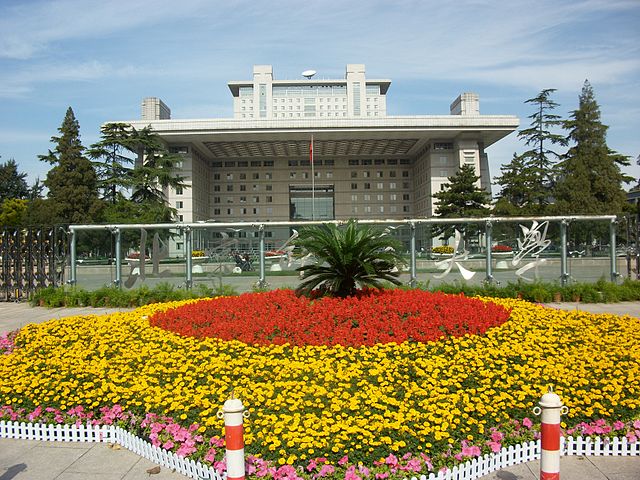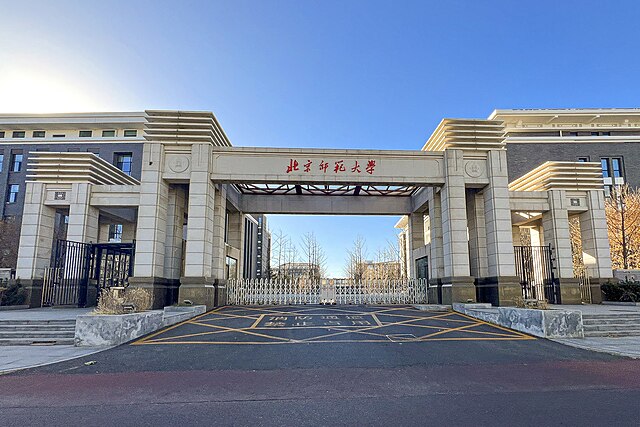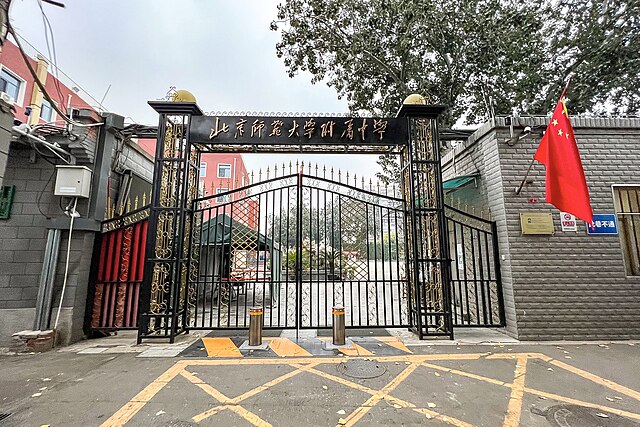
Thammasat University students interested in business, economics, history, political science, China, international relations, and related subjects may find it useful to participate in a free 17 May webinar on Business History without Business: Making Sense of China’s pre-1949 Cattle Trade.
The event, on Friday, 17 May 2024 at 8am Bangkok time, is organized by the Centre for Quantitative History and Faculty of Business and Economics, The University of Hong Kong (HKU).
The TU Library collection includes some books about different aspects of business in China.
The speaker will be Professor Thomas DuBois of Beijing Normal University, China.
The TU Library collection includes published historical work by Professor DuBois.
His forthcoming book, China in Seven Banquets: A Flavourful History will be accessible to TU students through the TU Library Interlibrary Loan (ILL) service.
The event website explains:
Abstract
China’s large and valuable pre-1949 cattle trade is effectively invisible to historians. Trade was completely decentralized, and transactions were often conducted clandestinely, leaving behind little record. Alongside the few discernible routes, cattle trade ran simultaneously in all directions corresponding to the changing value of animals over their lives.
Faced with the challenge of recreating the outlines of China’s cattle trade, this paper begins with a methodological question: how to conduct business history of an industry that had few major firms, no centralized accounts, and no clear geography of comparative productive advantage. Our method was to create a composite of over two hundred local snapshots taken from newspapers, ethnographic and government reports, and our own interviews of former trade intermediaries known as niufanzi. These two types of data complement each other, expanding our geographic scope to include large parts of the country that documentary evidence overlooks, and crucially, introducing the first-hand perspectives of the many different people involved in the trade, adding substance to what would otherwise simply be a parade of numbers. Together, these sources reveal China’s cattle trade to have been a network of overlapping systems, one that combined distance trade, specialized demand and the intensely local needs of seasonal markets.
Students are invited to register for the event at this link:
https://hku.zoom.us/webinar/register/WN_TzLTuMqmQ7-LW0-YcU3Hsg#/registration
With any questions or for further information, please write to
smblai@hku.hk

Last year in a coauthored article for AsiaGlobal Online, Professor DuBois noted:
China’s Food Culture is Changing – Why it Matters
Food culture in China is changing rapidly, with the emergence of major supermarket retailers and online shopping, the proliferation of fast-food chains, and the growth of food-related media and popular culture. Thomas David DuBois of Beijing Normal University and Xiao Kunbing of Southwest Minzu University chronicle current food trends and the danger of bifurcation into two systems – one focused on low cost and value, the other on nutrition and quality.
Over the past decade, China has undergone a number of food revolutions. While much attention in the food sector has focused on global issues such as trade flows, disputes over beef or soybean imports, or the environmental costs of food investments, equally profound changes are happening at the domestic consumer level. The most recent transformations in food culture have been online, with innovations in social media and finance, and have accelerated during the period of Covid-19 lockdown.
The supermarket revolution
The most evident transformation is in retail, with a move from small shops and produce markets to centralized supermarkets, and now to online channels. The first shift began in the mid-1990s with the arrival of global conglomerates such as Carrefour and Walmart. These were joined later by local competitors including Vanguard and Wumart, allowing Chinese shoppers in lower tier cities to buy a previously unimaginable variety of branded goods, as well as year-round fresh produce, all under one roof. By 2020, the entire supermarket retail sector (including convenience stores and online shopping) topped 2.4 trillion yuan (US$377.1 billion).
China’s supermarket revolution is far from complete. In 2018, the five largest retailers held only 26.8 percent of total food spending. Yet that degree of concentration reflected the growing consolidation and increasing efficiency of the country’s entire food system. Chains like the ones that bring tropical mangos reliably and cheaply to supermarket shoppers in snowbound Harbin are a triumph of innovation in logistics, but they do come at a cost. Driven by decades of food safety scandals, most notably the 2008 melamine poisoning of infant formula, stricter regulatory requirements raised barriers against newcomers entering key food processing industries. In sectors such as dairy, safety regulation demands investment in automation, pushing out small producers in favor of large, often state-linked companies.

For small farmers, urban planning that concentrated shopping in large markets also closed off informal retail channels such as roadside stalls, leaving many unable to sell their produce. (The common perception of Asian “wet markets” as an unregulated haven of illegal wildlife trade has further accelerated pressure to restrict the informal sector.) Urban consumers recognize the consolidation of long-distance food chains as a double-edged sword, one that lowers prices and expands choice on a global scale but diverts them from availing of the fresh food grown nearby.
Covid-19 lockdown rapidly accelerated the move to online food shopping. E-commerce had been growing sharply in China for some years, and the percent of online sales in 2019 was already more than twice that in the United States. Concerns over safety during the early months of 2020 drove millions of new users to online grocery platforms such as JD.com’s Jingdong daojia and online/offline hybrids such as Alibaba-owned Freshippo. Having grown accustomed to both the convenience and expanded choice of hard-to-find items including local specialties, organic produce and semi-prepared restaurant meals, many never switched back. As is the case with most new technologies, the first adopters of online food shopping were disproportionately young and urban, but more recent growth among older shoppers and shoppers in smaller cities suggests that the trend will continue to develop as it radiates out into the mainstream.
Franchise fever
The same forces of scale and consolidation have shaped China’s restaurant industry and, more broadly, culinary culture. As with supermarkets, the transformation of restaurants began with foreign ventures, including the fast-food chains that are now ubiquitous even in small cities.
The arrival of McDonald’s and Kentucky Fried Chicken (KFC) 30 years ago was initially met with alarm that the new tastes would captivate the young and erode China’s cuisine. In retrospect, these critics were only partially correct. It was not fast food itself, but rather the model of restaurant chains that would transform China’s food landscape. Chinese competitors quickly mastered the art of “McDonaldization”, adopting as their own the chain’s characteristic combination of efficient management, mass production and wide-scale branding.
But the real innovation was franchising, a model which pushes the cost of new branches on to the local investor, allowing new chains to develop a national presence almost instantaneously. An aspiring restaurateur can now choose from thousands of food franchises, many of which fall into a few familiar categories (milk tea, hotpot, noodles, meat skewers). Besides the convenience of starting a turnkey business, the main appeal of franchise restaurants is cost. While new stores must cover setup costs, they save on operation costs by using semi-prepared food that needs only be reheated and assembled onsite. This model eliminates the need for a large kitchen or skilled employees. […]

(All images courtesy of Wikimedia Commons)
